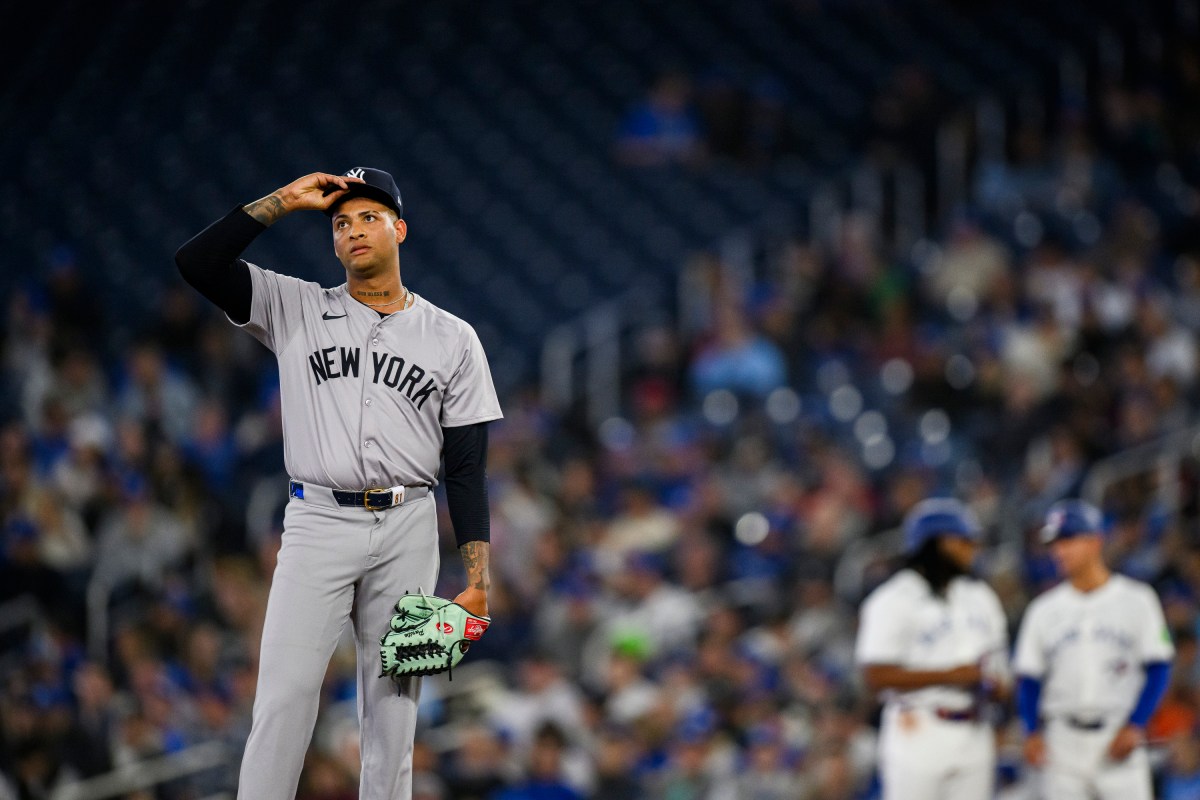Stop me if you’ve heard this before: the Yankees’ pitching is less-than-reliable.
After a red-hot start to the season, the Bronx Bombers woke up on Wednesday, April 17, the last day of their series against Toronto 12-5 with their third consecutive loss.
Why is that?
Foul (ball) Trouble
Carlos Rodon didn’t suddenly pick up a basketball and leave Yankee Stadium for Madison Square Garden, so no, he’s not picking up fouls like a center.
Foul balls ate at him in his last outing: after the first inning, Rodon used 32 pitches en route to three outs (including a 12-pitch walk to Bo Bichette). In total he faced 21 batters; in his previous outing, he faced just three more but went 6 innings.
Batters hitting foul ball after foul ball ground him down, and there’s only so much someone can throw their 95mph fastball before a pitch is hung over the plate and the score blows open.

Using breaking pitches carefully
Luis Gil mostly relies on his fastball to cut through innings, and there’s nothing wrong with that. His fastball is truly hot, he clocks in at high 90-to-100mph on the radar gun, he dots the corners on the strike zone with it, and he can even bring it high enough to still generate swing-and-misses.
So what makes Gil goes to his secondary pitches? His slider has the highest whiff percentage out of his entire arsenal at 36.8% with the fastball coming in close at 35.2%. The problem with the slider is that it presents itself as a high-risk-high-reward tool: the slider is the most likely for batters to get hits off of, given that he holds batters to a whopping .375 when he throws that specific pitch.
His four-seamer holds batters to .080 and his changeup holds batters to .083. Food for thought.
Longevity – is it there?
Gil and Rodon went five and four innings respectively in their starts, meaning that the bullpen carried for seven innings across those two games. That’s standard for a bullpen, but it uses up arms earlier than necessary, which creates for two issues.
Right now, that puts the Yankee bullpen at a 4.09 ERA, so the pitching is not high quality. Second, the undue stress puts more and more elbows at risk, and the bullpen is already suffering without Jonathan Loaisiga.





































